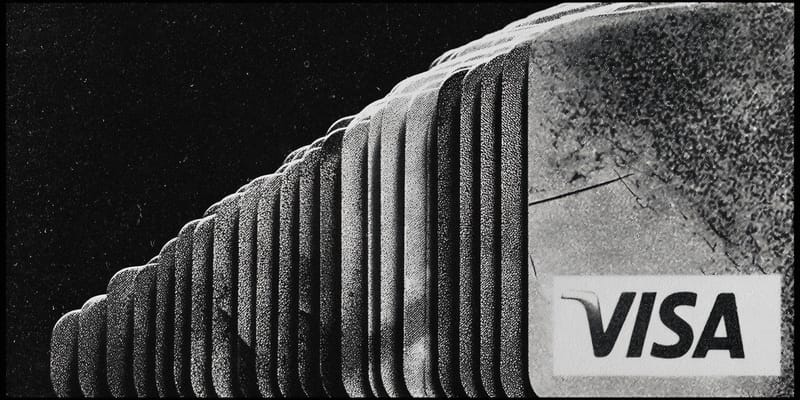Toyota Opens First US Battery Plant With Additional $10 Billion Investment Pledge

Toyota Motor Corporation started production Wednesday at its $13.9 billion battery manufacturing plant in Liberty, North Carolina. According to CNBC, the facility represents Toyota's first battery plant outside Japan and its eleventh manufacturing site in the United States. The company confirmed plans to invest an additional $10 billion in US operations over the next five years. This brings Toyota's total American investment to nearly $60 billion since operations began seven decades ago.
The 1,850-acre site can produce 30 gigawatt-hours of lithium-ion batteries annually when at full capacity. The plant will employ up to 5,100 workers and features 14 production lines creating batteries for hybrid electric vehicles, plug-in hybrids, and battery electric vehicles. Toyota North America CEO Tetsuo Ogawa called the development a "pivotal moment" in company history. The batteries will power the Camry, Corolla Cross, and RAV4 hybrid models, plus an upcoming three-row electric vehicle.
Strategic Timing Amid Market Shifts
The plant opening arrives as consumer preferences shift toward hybrid vehicles over purely electric models. GreenCars reports hybrid sales jumped 36 percent in the second quarter of 2025. The average new hybrid now costs $33,255, making them price competitive with conventional vehicles. Federal EV tax credit elimination has driven this trend, along with consumer concerns about charging infrastructure and range limitations.
Toyota first announced the North Carolina project in December 2021 during the Biden administration's push to onshore battery production. Market conditions have changed considerably since then. Pure electric vehicle sales have flattened while hybrid demand continues growing. The facility began shipping batteries in June 2025 to assembly plants in Kentucky and Alabama, where workers complete the remaining 20 percent of production.
Industry Competition And Manufacturing Landscape
The investment positions Toyota within a rapidly expanding domestic battery sector. According to the Union of Concerned Scientists, approximately $198 billion in battery and electric vehicle manufacturing investments have been announced across the United States over the past decade. These investments could create around 195,000 jobs nationwide. Argonne National Lab reported announcements for 79 electrode and cell manufacturing facilities and 63 battery-grade component facilities as of 2024.
Goldman Sachs research projects hybrid electric vehicles will capture 12 percent of global market share by 2030, up from previous forecasts of 10 percent. The firm reduced its electric vehicle penetration forecast to 25 percent by 2030, down from 28 percent previously. North American automakers may see profit margins increase 2 to 3 percentage points as they optimize the balance between traditional engines and hybrid powertrains.
Toyota's multi-pathway approach stands apart from competitors who focused primarily on pure electric vehicles. Japanese and Korean manufacturers have announced plans to shift product lineups toward hybrid drivetrains. The strategy appears aligned with current market demand, as the company reported electrified vehicle sales reached 1 million units in the US last year, representing 43 percent of total sales.
Further Reading
For deeper insights into global adoption trends, our Alternative Financial Systems Index tracks regulatory frameworks and adoption metrics across 50 countries. The index provides comprehensive analysis of how different markets approach electrification policies and manufacturing incentives.









